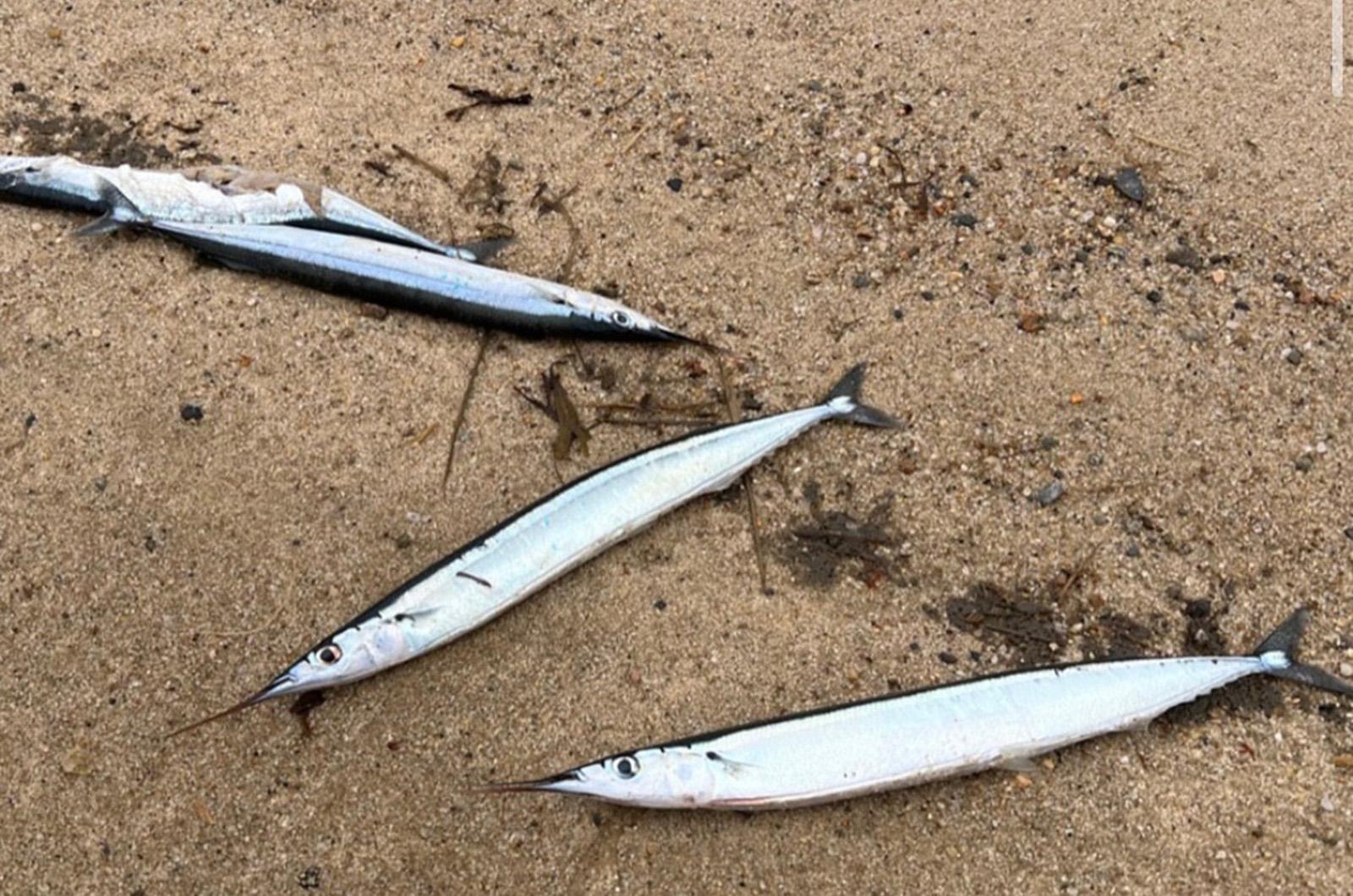Atlantic saury will not be on the menu for the Feast of the Seven Fishes.
The Feast is an Italian-American tradition of serving a meal of seafood on Christmas Eve. Its origins are regional, hailing from southern Italy and brought to this country by immigrants; religious, abstaining from meat and dairy until the eve of Christmas; and, of course, delicious, if you enjoy seafood and feasting as much as I do.
There is no set menu or must-have seafood at the table. I recall scungilli, calamari, shrimp and octopus, along with other fin and shellfish, on the table. There were lots of legs on those platters.
One fish that won’t likely be served is the Atlantic saury, a small species that is grouped with anchovies, herring, sardines and other forage fish regulated by the Mid-Atlantic Fisheries Management Council and whose commercial catch is limited.
This is for good reason. Forage fish are incredibly important for the health of the entire marine ecosystem. Atlantic saury and its brethren are at the bottom of the food chain, eating lots of plankton. The plankton fuels their growth and their population, which matters for the species that eat them and for us who eat those larger fish. Wipe out the bottom of the food chain and reverberations will be felt all the way up the system and eventually to us.
Saury — also known as needlenose, needle fish and bill fish — are eaten by cod, hake, squid, bass, tuna and halibut, all fish we enjoy. They also feed other important species such as whale, dolphin and other marine mammals. And don’t forget the birds that delight in their digestion.
While this piscine is plentiful and known to migrate and move in large schools, its presence is seasonal and sightings of large groups are periodic. Interestingly, the iNaturalist platform lists only a handful of observations in our region.
Last month, there was a stranding of these schooling fish on the shores of Cape Cod Bay. The Center for Coastal Studies (CCS) documented thousands of saury on beaches between Eastham and Barnstable and put out a call for any observations of this periodic beaching phenomenon.
The CCS explains that the strandings are “a natural phenomenon based on wind, tide, the shape of the beach and the shallow tidal flats, as well as perhaps predator presence and the winter mixing and cooling of our waters.” They further note, “These events often happen in the same time and place as strandings of dolphins and cold-stunned sea turtles.”
A mess of saury stranding is not a regular occurrence, with the mass of beached fish having only been sporadically documented. Owen Nichols, their marine fisheries research director, shares its frequency: “There are a number of historical records of these events dating back at least to the mid-1800s,” and he recalls mass strandings happening in 1998, 2016 and 2018. Mr. Nichols documents these happenings, so if Islanders have seen these fish in great numbers on our beaches or elsewhere, they are encouraged to share their sightings with him via email at nichols@coastalstudies.org.
The fishes that washed up last month were a bit early for the Feast of Seven Fishes food extravaganza. However, I like to imagine that the gulls and other seabirds enjoyed their big beachside meal. While their all you can eat evening was not as diverse in its decadence, still having a Feast of Single Species must have left all participants sated.
Suzan Bellincampi is islands director for Felix Neck Wildlife Sanctuary in Edgartown and the Nantucket Wildlife Sanctuaries. She is also the author of Martha’s Vineyard: A Field Guide to Island Nature and The Nature of Martha’s Vineyard.







Comments
Comment policy »